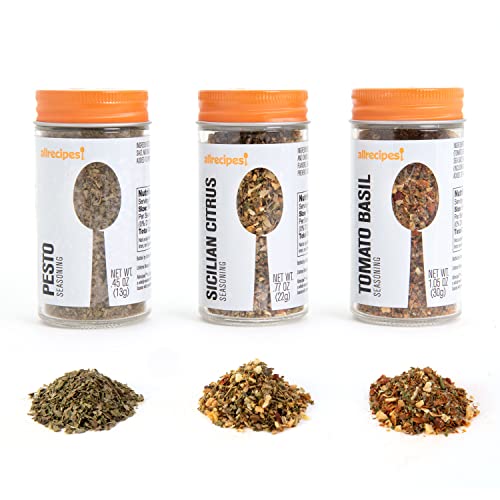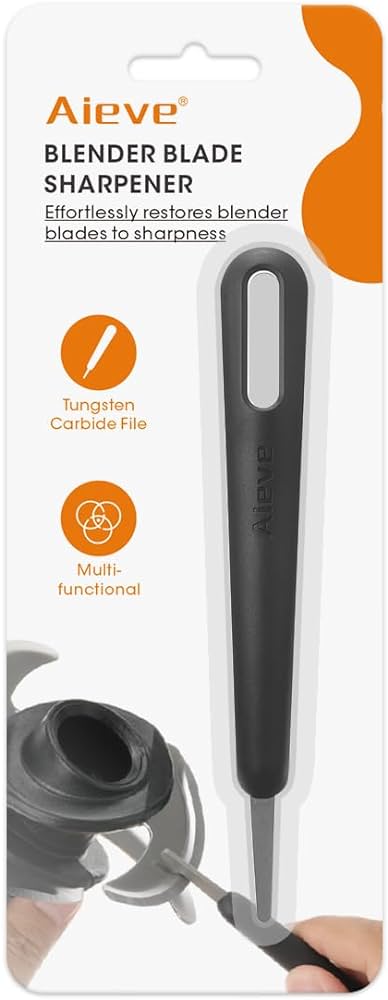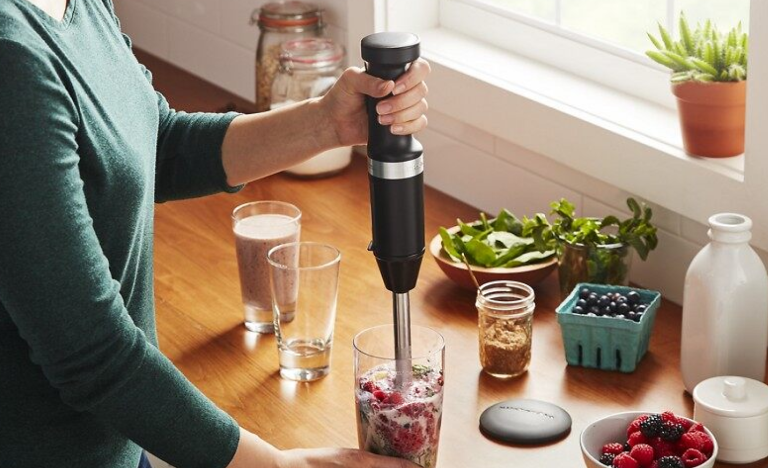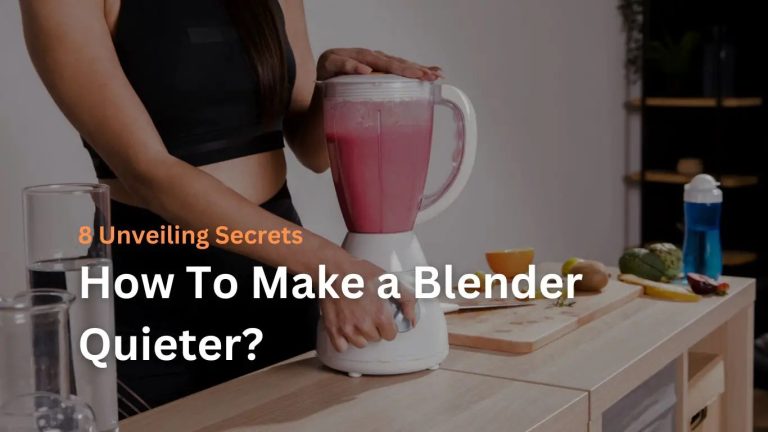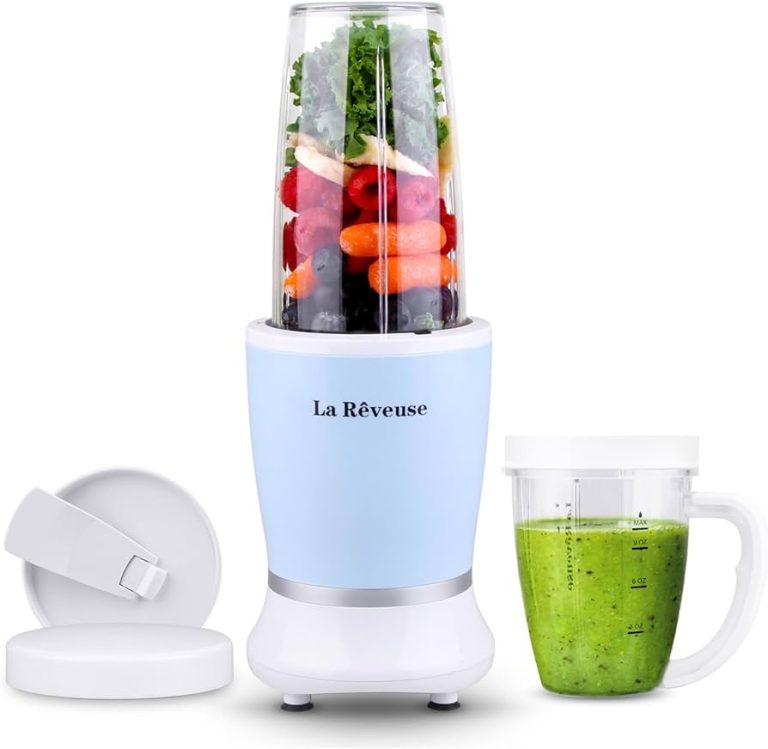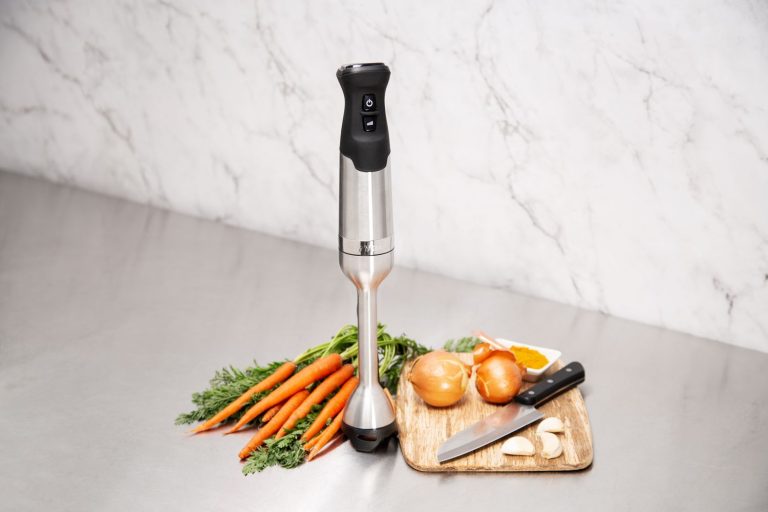Can You Grind Coffee Beans In A Blender?: Brew Perfection
Yes, you can grind coffee beans in a blender. A blender works as an alternative to a coffee grinder.
Grinding coffee beans at home with a blender is a quick way to get fresh coffee for your daily brew. Blenders, equipped with durable blades, are capable of handling coffee beans, although they might not offer the same consistency as a specialized coffee grinder.
For best results, use a blender with multiple speed settings and pulse the beans in short bursts. This method allows for better control over the grind size, which is crucial for the flavor extraction during brewing. Keep in mind that blender grinding is better suited for coarser grinds and may not be ideal for fine or espresso-grade textures. Always ensure the blender is clean to avoid mixing flavors and aromas into your coffee.
The Blender Vs. Grinder Debate
Many coffee enthusiasts stand at a crossroads: blender or grinder for their beans?
Texture And Consistency
Blenders may not give the same results as grinders. Coffee grinders offer a uniform grind. Blenders can miss that mark. Here’s why:
- Grinders are designed to crush beans evenly. They provide precise control over the grind size.
- Blenders use blades to chop, not crush. This can lead to uneven pieces.
Depending on the desired coffee brew, consistency is key:
| Brew Method | Grind Size |
|---|---|
| Espresso | Fine |
| French Press | Coarse |
For a reliable grind, coffee grinders take the lead. Can blenders mimic this texture?
Flavor Preservation
Flavor is the soul of coffee, and grind method affects it.
Grinders maintain coffee bean integrity. The heat from blade blenders can alter flavor.
- Burrs in grinders generate less heat. They protect the beans’ oils.
- Blender blades spin fast. They can heat beans, changing the taste.
For the best coffee experience, consider the grinder’s edge in preserving flavor.
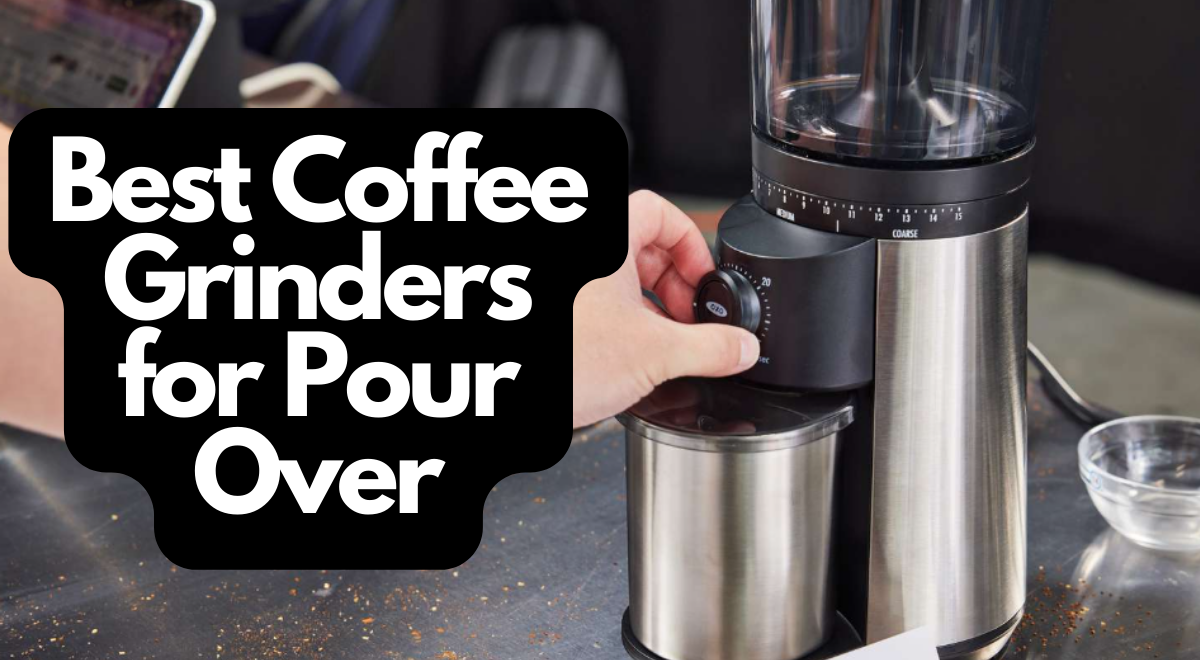
Credit: www.linkedin.com
Assessing Blender Types For Coffee Beans
Many coffee lovers wonder if blenders can double as coffee grinders. The answer is yes! Blenders can grind coffee beans, but results vary depending on the blender type. Let’s explore the capabilities of different blenders for grinding coffee beans.
Standard Blenders
Standard blenders are common in many homes. They are great for smoothies and sauces. Yet, they may not always be the best for grinding coffee beans. Here’s what to know:
- Blade Quality: Standard blenders have basic blades. These blades might not grind coffee beans evenly.
- Motor Strength: Their motors may lack the power needed for a fine grind. This could lead to a coarser texture.
- Container Shape: Blenders with large pitchers might not keep beans in constant contact with the blades.
High-powered Options
For a finer grind, high-powered blenders step up to the task. These blenders have several advantages:
- Stronger Blades: These blenders have stronger blades. They can handle hard coffee beans with ease.
- Powerful Motors: A robust motor creates a smoother grind. Your coffee can reach a finer consistency.
- Specific Settings: Many high-powered blenders offer settings for grinding. This ensures better results than standard blenders.
Remember, safety matters when using a blender for grinding. Always follow manufacturer’s instructions
Step-by-step: Achieving The Grind
Welcome to your guide on ‘Step-by-Step: Achieving the Grind’—a critical stage for coffee enthusiasts aiming to use a blender for grinding beans. Perfecting the grind at home without a coffee grinder is an art. With a few simple steps, transform your everyday blender into a coffee grinding wizard.
Preparation Of Beans
Starting with high-quality beans is vital for a great cup of coffee. Consider these points:
- Check freshness: Fresh beans grind better.
- Measure accurately: Use a scale for consistent strength.
- Reach room temperature: Let them warm up if cold.
Blending Techniques
Correct blending techniques are crucial. Follow these tips:
- Pulse: Short bursts prevent overheating.
- Shake: Shake blender between pulses for even grind.
- Stop: Avoid running the blender continuously.
Grind Size Control
Grind size affects flavor. Ensure correct texture with these strategies:
| Desired Brew Method | Grind Size | Blending Time |
|---|---|---|
| Espresso | Fine | 25-30 seconds |
| French Press | Coarse | 10-15 seconds |
Remember, consistent grind size is key to a flavorful cup!
Pros And Cons To Blender Grinding
The idea of grinding coffee beans in a blender might seem a bit unconventional. Yet, many coffee enthusiasts find themselves pondering this very question. Let’s delve into the unexpected benefits and potential drawbacks of using a blender to grind those precious beans.
Unexpected Benefits
Believe it or not, employing a blender for coffee beans can yield some pleasant surprises. Here are a few perks to consider.
- Convenience: Most kitchens already boast a blender.
- Cost-Effective: No need to buy a separate coffee grinder.
- Multi-Purpose: Blenders can take on various kitchen tasks.
- Quantity: Blenders handle larger batches of beans.
Potential Drawbacks
Grinding coffee in a blender is not without its downsides. Take a look at these considerations.
- Consistency: Blenders often create uneven grinds.
- Heat: They can warm beans, which affects flavor.
- Blade Wear: Hard beans can dull blender blades.
- Cleanup: Blender cleaning can be more tedious.
Comparative Analysis
| Aspect | Blender Grinding | Traditional Grinding |
|---|---|---|
| Cost | Saves money | May require investment |
| Convenience | Quick and accessible | Designed for the task |
| Grind Quality | Varies | Consistently uniform |
| Cleanup | More involved | Generally straightforward |
In summary, while a blender can handle coffee beans, the results differ from traditional grinders. Weigh the pros and cons to decide what makes the most sense for your coffee routine.
Tips For A Superior Brew
Seeking that perfect cup of coffee means starting with the right grind. A blender can step in when a coffee grinder is unavailable. Discover how to use one to get the best results.
Blend Times And Speeds
Blenders vary in power and speed. Here’s how to master yours:
- Use short bursts for coarse grinds.
- Longer runs yield finer grinds.
- Monitor closely to avoid overheating.
Storing Ground Coffee
Preserve your coffee’s freshness and flavor with these tips:
- Transfer grounds to an airtight container.
- Keep them in a cool, dark place.
- Avoid humidity and heat.
Brewing Methods
Consider your brewing method to select the right grind size:
| Brewing Method | Grind Size |
|---|---|
| French Press | Coarse |
| Drip Coffee | Medium |
| Espresso | Fine |

Credit: recipes.net
Expert Views And Alternative Methods
Curious about different ways to make your coffee grind at home? You’re in the right place! Let’s explore what coffee experts say and some unique methods to grind your beans without a traditional grinder. Bold and fresh flavors are just a blend away!
Barista Insights
Coffee connoisseurs often discuss the best methods to grind beans. Many agree that while not ideal, a blender can work as an alternative to a coffee grinder. Blenders may not offer the same consistency but can be effective with the right technique. Setting your blender to the ‘pulse’ mode mimics a burr grinder’s action. Achieving a uniform grind is crucial, as it affects the flavor and extraction of your coffee.
Manual Grinding Methods
Prefer a more hands-on approach? Manual grinding is a great option. Here are some methods:
- Mortar and Pestle: Great for a fine grind. Crush the beans with controlled, even pressure.
- Rolling Pin: Place beans in a bag and roll back and forth for a medium to fine grind.
- Hammer: For a coarser grind, gently tap the beans in a bag until the desired consistency.
Each of these methods requires patience and care. Remember, the grind size should match your coffee-making method for the best results.

Credit: www.ebay.com
Frequently Asked Questions On Can You Grind Coffee Beans In A Blender
Can You Effectively Grind Coffee In A Blender?
Yes, you can effectively grind coffee in a blender. Blenders with strong blades can chop coffee beans into a fine grind. However, achieving a consistent size may be challenging. It’s best used for coarse grinds and French press coffee.
Is Grinding Coffee Beans In A Blender Safe?
Grinding coffee in a blender is generally safe, but caution is needed. Ensure the blender is dry and its blades are sharp. Do not overfill it and always secure the lid properly before grinding to avoid accidents and to ensure consistent grinding.
How To Get A Uniform Grind With A Blender?
For a uniform grind in a blender, pulse in short bursts. Shake the blender slightly between pulses to redistribute the beans. This technique helps avoid overheating and achieves more even results, similar to what you’d expect from a coffee grinder.
Which Blender Speed Is Best For Grinding Coffee?
Use a medium-to-high speed setting for grinding coffee beans in a blender. Start with a lower speed and gradually increase to prevent the beans from overheating. Overheating can alter the coffee’s flavor, so monitor the process closely.
Conclusion
Grinding coffee beans in a blender is a viable option for coffee lovers lacking a grinder. While it may require caution to achieve the desired consistency, it’s doable with patience. For those on a budget or in a pinch, blenders can step in as a handy alternative to traditional grinders, ensuring your coffee journey continues seamlessly.


